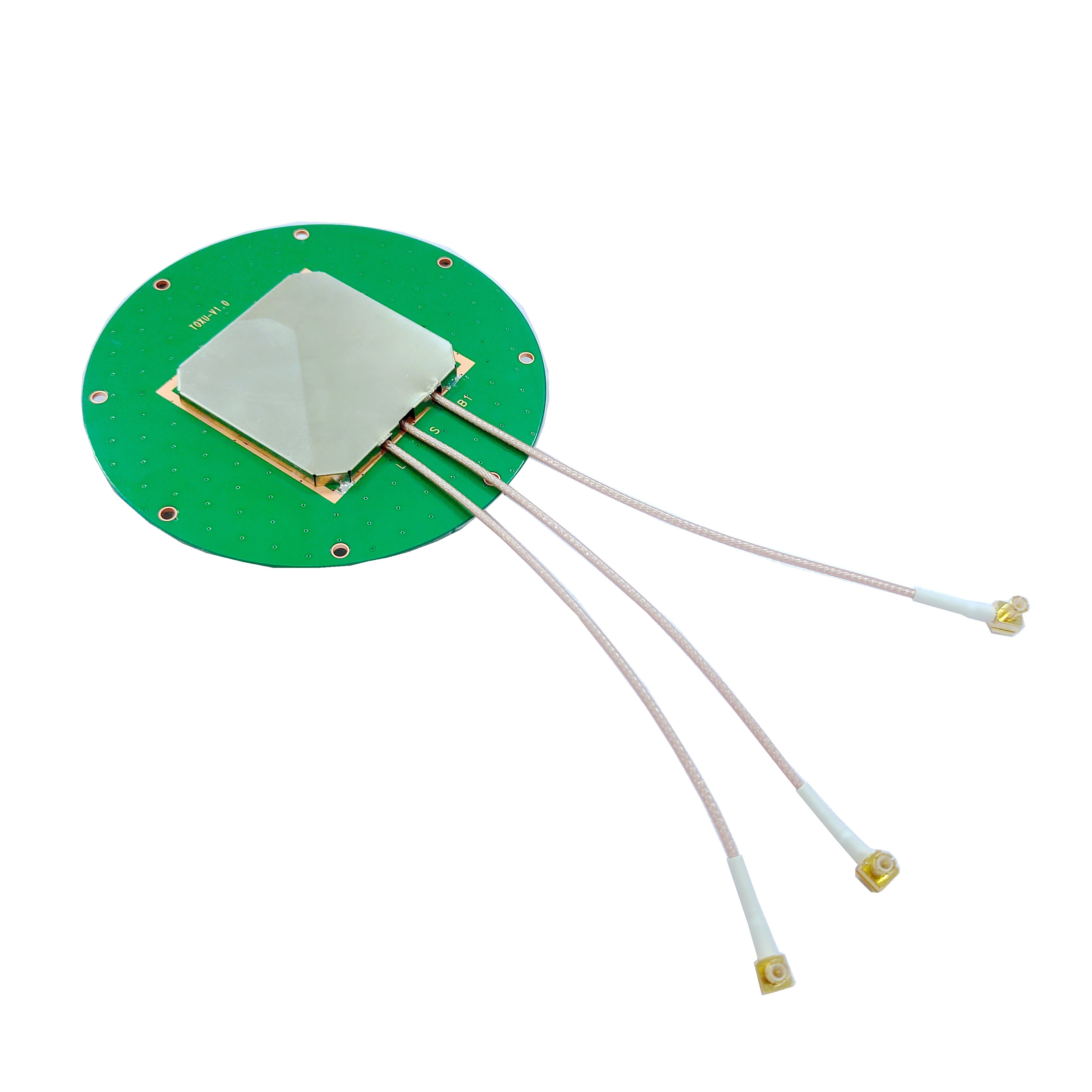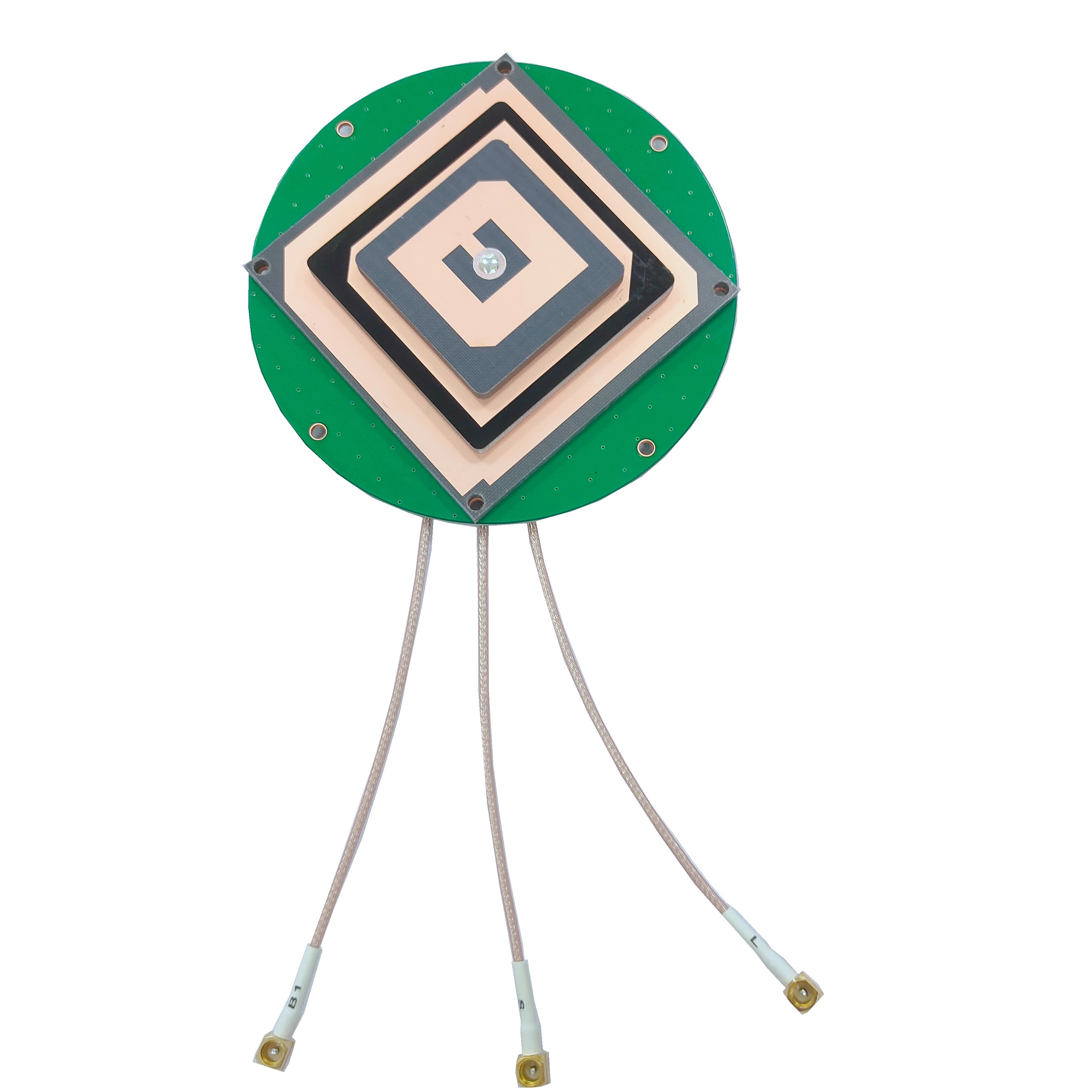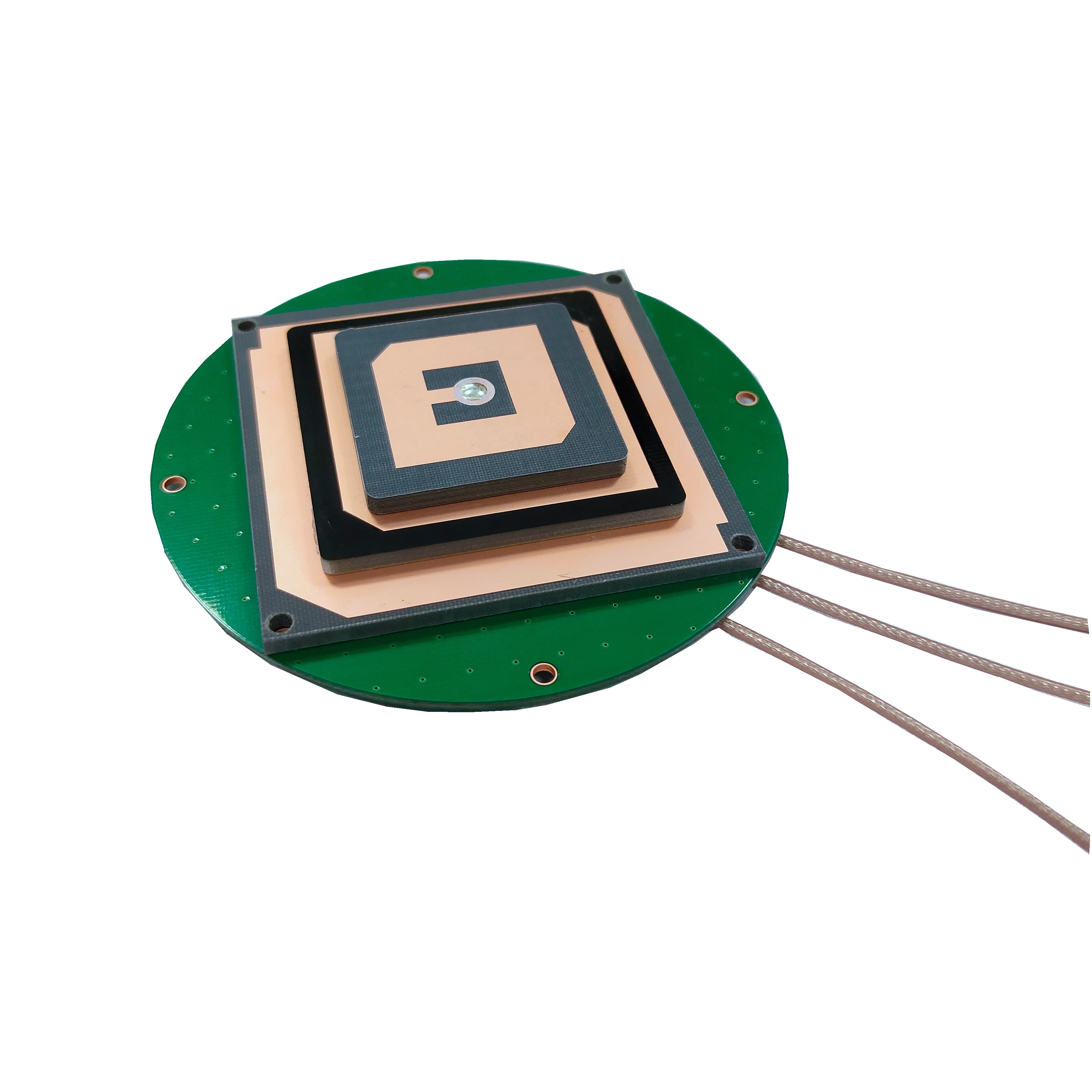The capabilities of high-accuracy GNSS antennas have catalyzed a revolution across a vast spectrum of industries and scientific disciplines. Their unique ability to provide a stable, precise, and reliable geometric reference point has moved from being a specialized tool for surveyors to a fundamental enabling technology for the 21st century. Simultaneously, the field is not static; ongoing technological advancements are continuously expanding the boundaries of what is possible.
Applications
Geodesy and Earth Sciences: This is the most demanding application, where antennas are pushed to their limits.
Tectonic Plate Monitoring: Networks of permanent GNSS reference stations, equipped with the most stable choke ring antennas, measure crustal motions with millimeter-level accuracy over years and decades, providing critical data for understanding plate tectonics and earthquake hazards.
Volcanic Deformation Monitoring: Antennas installed on volcanoes measure the infinitesimal swelling and deflation of the ground, providing预警 for potential eruptions.
Post-Glacial Rebound: Measuring the slow rise of landmasses after the removal of ice-age glaciers.
Sea Level Rise: Precise positioning of tide gauges relative to a global reference frame.
Precision Agriculture: This is one of the largest commercial markets.
Auto-Guidance: High-accuracy antennas guide tractors and implements with 2-3 cm pass-to-pass accuracy, eliminating overlaps and gaps, saving fuel, seed, and fertilizer, and increasing yield.
Variable Rate Technology (VRT): Precise positioning allows farmers to create detailed yield maps and then apply inputs (water, fertilizer, pesticide) at variable rates across a field based on need, optimizing resources and reducing environmental impact.
Construction and Machine Control:
Grade Control: Antennas mounted on bulldozers, graders, and excavators allow them to precisely shape land to a digital design model without the need for traditional survey stakes. This increases speed, accuracy, and safety on job sites.
Building Information Modeling (BIM): Integrating precise GNSS positions with BIM models allows for accurate machine guidance on complex construction projects and for verifying the as-built position of components.
Surveying, Mapping, and GIS:
Control Networks: Establishing highly accurate primary control points for regional and project surveys.
Topographic and Cadastral Surveying: Rapidly mapping features and boundaries with centimeter accuracy using RTK-rover systems.
Aerial Mapping (PPK): Mounted on drones or manned aircraft, these antennas provide the precise camera position needed for generating highly accurate orthophotos and 3D models without the need for extensive ground control points.
Scientific Research:
Atmospheric Sensing: By measuring the delay of GNSS signals through the atmosphere, scientists can derive the total water vapor content, providing data for weather forecasting and climate studies. This is called GNSS Meteorology or GNSS-IR.
Cryosphere Studies: Monitoring the movement and melt of glaciers and ice sheets.
Autonomous Systems and Emerging Applications:
Autonomous Vehicle Testing: Providing the ground-truth position for testing and validating the navigation systems of self-driving cars and trucks.
Robotics: Enabling outdoor autonomous navigation for robots in agriculture, mining, and security.
Asset Tracking: Monitoring the precise position of high-value assets or critical infrastructure for movement or deformation.
Future Trends
The future of high-accuracy GNSS antennas is focused on achieving higher performance in smaller, smarter, and more integrated packages.
Miniaturization and SWaP Reduction: The drive is towards achieving geodetic-grade performance in smaller, lighter, and lower-power antennas. This is critical for drone applications, autonomous systems, and personal portability. Advances in materials (e.g., new dielectrics), manufacturing techniques (e.g., 3D printing of metalized components), and design simulation are making this possible. We will see the performance of choke rings approximated in packages a fraction of the size.
Tighter Integration with IMUs and Sensors: The future is not standalone antennas, but deeply integrated Inertial Navigation System (INS) modules. The antenna will be co-designed with a high-grade IMU (MEMS or FOG) and a processor into a single, tightly coupled unit. This allows for continuous precise positioning even during short GNSS outages (under bridges, in tunnels, under foliage) by using the IMU to "dead reckon." The antenna provides the continuous calibration for the IMU's drift.
Advanced Multi-Antenna Systems: Systems with multiple antenna elements will become more common for two purposes:
Attitude Determination: Using multiple antennas on a single platform (e.g., on a car, ship, or aircraft) to compute not just position, but also precise heading, pitch, and roll. This is valuable for machine control, aviation, and marine navigation.
Advanced Anti-Jamming and Spoofing: Controlled Reception Pattern Antennas (CRPAs) use multiple elements and electronic processing to actively form nulls in the antenna pattern in the direction of jammers or spoofers while preserving gain towards satellites. As the threat of intentional interference grows, this technology will trickle down from military to high-value civilian applications.
AI and Cognitive Antennas: Research is exploring the use of artificial intelligence to create "cognitive" or "adaptive" antennas. The antenna system could use AI to:
Dynamically adapt its pattern in real-time to nullify a newly detected interference source.
Optimize its parameters for the current environment (e.g., urban canyon vs. open sky).
Identify and flag spoofing attacks based on signal characteristics.
Expanded Frequency Support: As new satellites are launched with new signals (e.g., L1C, L2C, L5, and the upcoming L1C for GPS), and as other systems like Low Earth Orbit (LEO) satellite constellations (e.g., Starlink) are explored for positioning, antennas will need to support an even wider range of frequencies seamlessly. The design challenge will be to maintain phase center stability across an ever-broadening bandwidth.
Pervasive High-Accuracy Positioning: The ultimate trend is the democratization of high accuracy. We are already seeing this with the advent of Consumer-Grade RTK modules in smartphones and drones. While their antennas will never match dedicated geodetic models, the algorithms and infrastructure (correction networks) are improving to extract better performance from them. This will create a massive new market for applications requiring sub-meter to decimeter accuracy, further driving innovation in compact antenna design.
In summary, the application space for high-accuracy antennas is vast and growing, fueled by the demand for automation and data-driven decision-making across all sectors. The future will be characterized by antennas that are not just passive components but intelligent, integrated subsystems that are smaller, more robust, and capable of providing assured PNT (Positioning, Navigation, and Timing) in increasingly challenging and contested environments.
Conclusion
The high-accuracy GNSS survey antenna stands as a testament to the profound impact that a focused advancement in a fundamental technology can have on the world. It is far more than a simple component; it is the cornerstone of the entire high-precision GNSS ecosystem. Its development represents a relentless pursuit of perfection in the face of immense physical challenges: capturing unimaginably weak signals from distant satellites while rejecting a cacophony of noise, interference, and reflections here on Earth.
Through this exploration, we have seen that its value is not defined by a single feature but by a symphony of meticulously engineered characteristics: the controlled radiation pattern that spatially filters multipath; the stable phase center that provides a trustworthy electrical reference point; the ultra-low-noise amplifier that preserves the signal-to-noise ratio; and the rigorous calibration that transforms a physical device into a precision measurement instrument. This combination enables the carrier-phase-based techniques that deliver centimeter-level accuracy, unlocking possibilities that were once the domain of science fiction.
The applications it enables are diverse yet universally critical. From monitoring the slow, powerful drift of tectonic plates to guiding agricultural machinery with sub-inch precision; from shaping the modern built environment to its digital design to providing the foundational data for understanding our changing climate, this technology has become deeply embedded in the infrastructure of modern society. It is a key enabler of efficiency, safety, and scientific discovery.
However, this power comes with commensurate responsibilities and challenges. The cost, size, and complexity of these systems demand expertise. Their performance is contingent upon correct calibration, careful setup, and an understanding of their limitations. The field is not static but is evolving rapidly towards a future of miniaturization, deeper sensor integration, and greater intelligence. The trends point towards antennas that are not merely passive collectors but active, cognitive elements of resilient PNT systems, capable of navigating the increasingly crowded and contested electromagnetic spectrum.
In conclusion, the high-accuracy GNSS survey antenna is a masterpiece of engineering that transforms a global utility into a powerful tool for progress. It is the unsung hero at the beginning of the data chain, the guarantor of signal integrity, and the foundation upon which modern precision is built. As our world becomes more automated and our need for precise spatial information grows, the role of this technology will only become more central, continuing to push the boundaries of what we can measure, build, and understand.




































































 Language
Language
 En
En Cn
Cn Korean
Korean

 Home >
Home > 







 18665803017 (Macro)
18665803017 (Macro)













